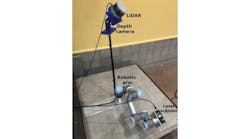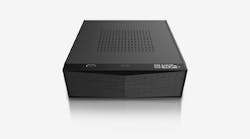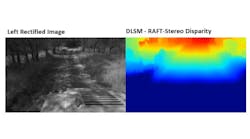MAY 9--The produce industry is working with the US Agricultural Research Service (ARS)--the US Department of Agriculture chief scientific research agency--to make sure that fruits and vegetables taste as good as they look. They're using machine-vision tools (optical sensors that inspect objects) to predict the quality of fruit or vegetable flavor--right after picking and in the packing plant--without ever touching the product.
Today, batches of fruits and vegetables are judged by sample tastings, but there is no guarantee that all of the produce in the batch will taste the same. Samples are also tested for firmness by mechanically stabbing them with a thick, steel probe. With both methods, the tested produce has to be thrown away.
While there are machine-vision tools that can check skin-deep traits such as size, color, and bruising, it is difficult to judge deep, internal qualities such as taste and texture of apples and other fruits. Now Renfu Lu, an agricultural engineer with the ARS Sugar Beet and Bean Research Unit in East Lansing, MI, has developed machine-vision prototypes that "taste" every single piece of produce from right after harvest to when it passes by on the packing line.
Lu and ARS colleagues on the campus of Michigan State University have tested their laser prototype on apples and peaches. It should work with any produce that is at least as large as an apple or peach. The detector focuses four laser beams, each a different light wavelength, into one sharp beam that shines into individual fruits. Laser light photons momentarily scatter all the way to the fruit's core and back. The amount of light bounced back after interacting with tissue reflects firmness. Peaches and apples are separated by whether they are soft, firm, or hard. Since scattered light also indicates the amount of light absorbed by the fruit, and that absorption is affected by sugar levels in the fruit, this technology can be used to predict flavors, such as sweetness in apples.
For more information about the research, see the May 2005 issue ofAgricultural Research.




